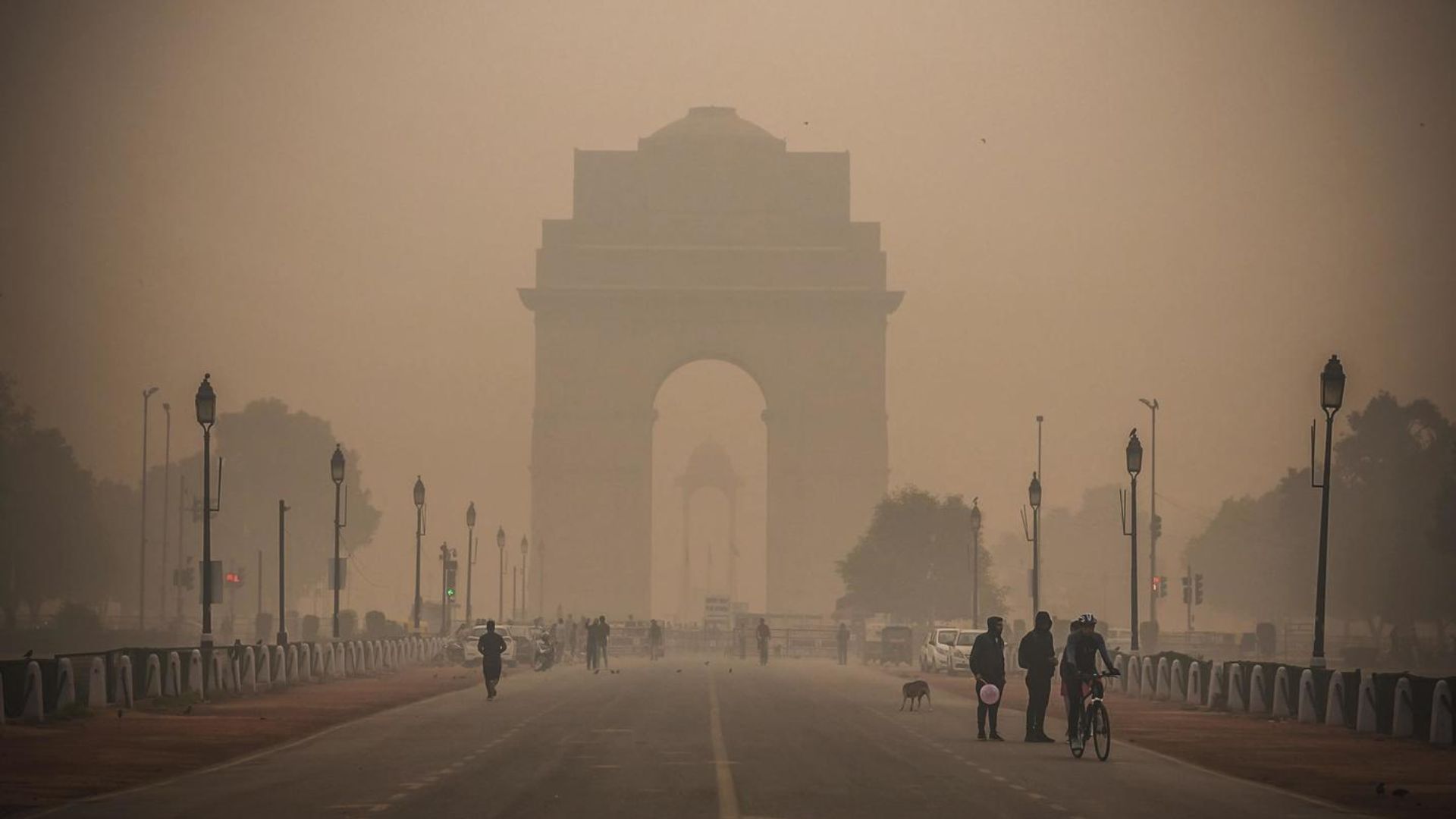As Diwali approaches, air pollution levels in Delhi and its surrounding areas are expected to rise significantly, with stubble burning and firecrackers being primary contributors to the deteriorating air quality. Forecasts indicate that the air quality index (AQI) could reach the ‘severe’ category by October 30, the eve of the festival, due to a combination of emissions from firecrackers, ongoing stubble burning, and unfavorable wind conditions.
Delhi’s air quality has slipped back to the ‘very poor’
Following a brief improvement, Delhi’s air quality has slipped back to the ‘very poor’ category, as calm winds that had temporarily cleared the air began to weaken. Experts predict that the AQI will remain in the ‘very poor’ range until October 29, with worsening conditions anticipated from the use of firecrackers and agricultural burning, which may push pollution levels into the ‘severe’ category by the holiday.
Current meteorological conditions are not conducive to dispersing pollutants, leading to stagnant air that traps harmful particles over the city. On Sunday, the wind speed was reported at 0 km/h, compounding the issue. Predominant surface winds from the southeast are expected to reach speeds of 8 km/h on October 27, gradually increasing to between 6 and 12 km/h by October 30. However, these winds, combined with misty mornings and clear skies, will provide limited relief from pollution levels.
The slow pace and direction of the winds, along with morning mist, hinder effective dispersal of overnight accumulated pollutants. Additionally, maximum mixing depths are forecasted to range from 1500 to 1550 meters over the coming days, limiting the vertical dispersal of pollutants. Concerns are further exacerbated by a predicted drop in the ventilation index—a measure of the atmosphere’s ability to disperse pollutants—which could fall as low as 2800 m²/s by October 30, below the necessary threshold for effective dispersion.
In light of these conditions, officials have urged residents to take precautionary measures, such as limiting outdoor activities and using air purifiers indoors, to mitigate health risks associated with prolonged exposure to poor air quality.







